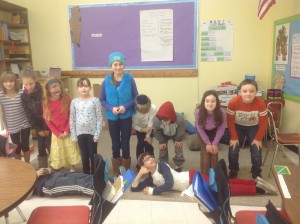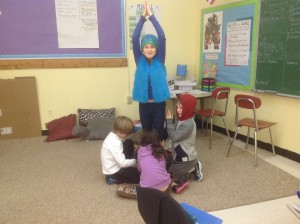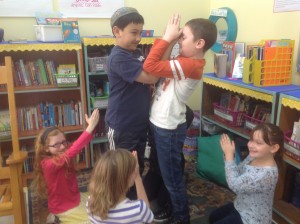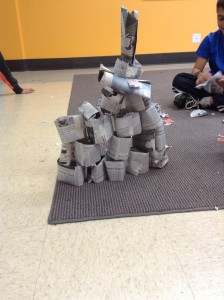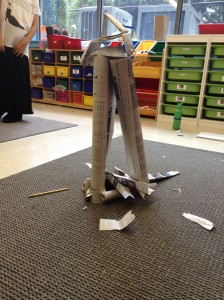We did it! This week, fourth graders finished creating the rules that will help our community work this year! The students took on an intensive process to create rules that would keep them safe and give them the freedom to learn. Before we began our work, we talked about the role of rules and guidelines in our world. Many students shared that rules help keep our bodies and our feelings cared for and safe. We thought about rules we’ve had in the past, rules we’ve liked, and rules we think are important (even if we don’t like them) and brainstormed a long list.
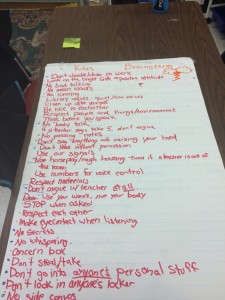
We decided that such a large number of rules isn’t useful. How will we remember what we should do if we can’t remember all of our rules? To narrow down our choices, each student picked one or two “most important” rules, and we charted our ideas again.
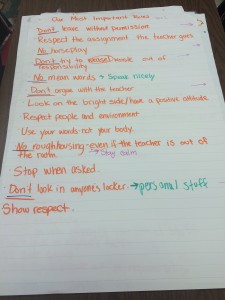
This was still too many for us to remember! We also noticed that many started with “No” and “Don’t”. We talked about how telling someone not to do something can make someone want to do that thing even more. We also talked about the importance of a positive attitude and decided we wanted rules that reflected our desire to “look on the bright side of life”. We talked about how we might flip this language to make it more positive. After we changed our wording, students picked their most important rules for the last time and charted again!
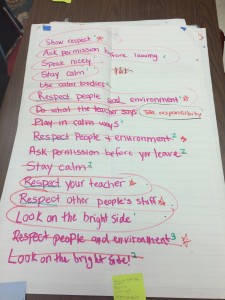
We noticed that many people picked the same rules, which told us that our community valued these ideas, like respecting others and staying calm. We also noticed a theme of respect running through many of the suggested rules. After another conversation we synthesized our ideas and crossed out the duplicates. This got us so much closer to our final list! When we had five or six clearly worded ideas, we took a vote.
For a rule to pass the vote it had to be approved by every member of our kehilah (community). The rules you see below were approved by every 4th grader. Each student was asked to read the rules below out loud with the group. Then we all took two minutes to think about the words we were saying and the promise we were about to make. When we were ready to commit ourselves to upholding these rules, we each signed our names as a sign of our promise. I am glad to say that every 4th grader has promised to promote the guidelines they created for the community we are forming together.
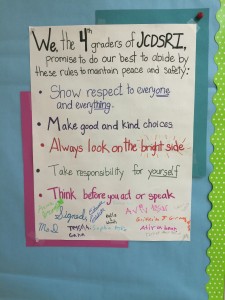
This was not an easy or a quick process, but the reflection and conversation that came out of this process is invaluable. We hope that we will find that our rules matter more to us because they were written by us and for us. We hope our rules will feel clear, relevant, and will help us feel safe and loved in our classroom.
